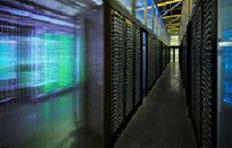New ASHRAE Temperature and Humidity Guidelines for Servers

At the recent ASHRAE Annual Meeting in Montreal there were a number of sessions related to data centers. One of the sessions included a presentation by Robin Steinbrecher of Intel Corporation. As a member of the ASHRAE TC 9.9, Robin was selected to present the upcoming new temperature and humidity guidelines that are due for publication this fall.
The 2011 expanded range is split into six types of IT equipment applications. Four of the six are directly related to data centers and larger server rooms. Those four classifications are listed as A1 through A4. Class B is for office desktop, home computer, and laptop environments. Class C is for Point-Of-Sale or industrial, ruggedized, computers.
The A1 class is defined as enterprise level, mission critical, servers. These might be used for financial institutions or some government installations. Class A2 is a typical IT space for office, lab, or typical corporate installations. Classes A3 and A4 are similar to A2 but with more robust servers that are designed to operate at higher temperatures.
The new temperature and humidity guidelines are quite broad:
- Class C has an allowable upper limit of 104 degrees F and 80% RH.
- Class B has an allowable upper limit of 95 degrees F and 80% RH.
- Class A4 has an allowable upper limit of 113 degrees F and 90% RH.
- Class A3 has an allowable upper limit of 104 degrees F and 85% RH.
- Class A2 has an allowable upper limit of 95 degrees F and 80% RH.
- Class A1 has an allowable upper limit of 89.6 degrees F and 80% RH.
There are a few caveats attached to these new, higher, limits such as proper hot aisle containment in data center type applications or purchasing A3 or A4 rated equipment where appropriate. But the bottom line is that the old way of designing data centers and cooling data centers is quickly being abandoned by even the most conservative of designers.
There will be additional articles based on the ASHRAE Annual Meeting data center presentations.
